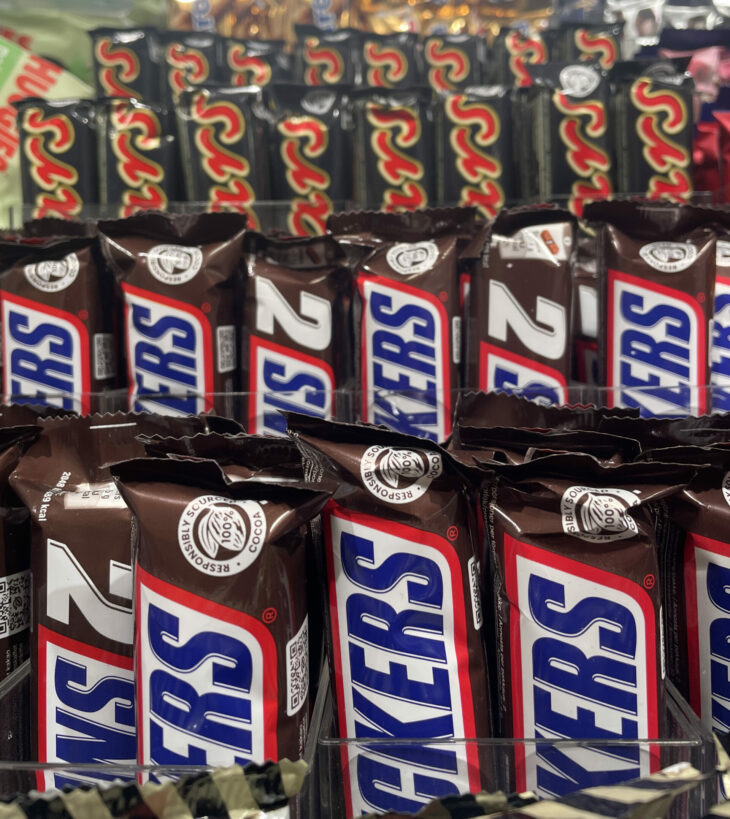
The Sweet Science of Chocolate: From Cocoa Bean to Billion-Dollar Industry
Vol 28, Issue 08, 07 November 2025
Is there anyone who doesn’t like chocolate? Most of us have felt the need for chocolate at at least once in our lives. Do you know Garfield? He once said, “lasagna is not a food it is lifestyle.” Well, I think chocolate is also a lifestyle, it is not just food. Even the word “chocolate” itself feels like happiness. If you are happy, it makes your day sweeter; if you are sad or angry, it can calm you down; and if you are tired, it gives you energy.
But it is more than sweetness, it is a global industry that started from the farms of Ghena and now fills luxury shops in Switzerland. The chocolate industry is full of innovation, history, and mystery.
History of Chocolate:
You have probably seen videos of cocoa beans being turned into chocolate, it looks strange but fascinating, right? The story goes back over 3,000 years ago to Central America. The ancient Maya and Aztecs made a drink from chocolate beans that wasn’t sweet at all. They called it bitter water, and soon it became a luxury drink for kings. At that time, in America, cocoa beans were even used as currency.
In 16th century, cocoa found its way to Europe, where people added sugar and new ideas , turning it into the world’s most beloved flavor. By the 18th century, chocolate had become a thriving industry, creating new tastes and emotions with every bite.
Now a days, the chocolate industry is no longer simple. It is a $160 billion global business in the world with major producers in including Mars (USA), Ferrero (Italy), Lindt (Switzerland), and Cadbury (UK).
famous brands like Snickers and M&Ms are part of Mars, which earns around $40 billion each year. Nutella and Kinder come from Ferrero, while shows major producers are the United States, Switzerland, and Germany.
Funny facts about chocolate:
- In Switzerland, each person eats around 10 kilograms of chocolate every year.
- NASA astronauts sometimes take chocolate into space for extra energy.
- The largest chocolate bar made in Italy, and it was about 5 tons.
- White chocolate isn’t actually chocolate, because it doesn’t contain cocoa solids.
A Taste That Connects the World:
Behind every chocolate bar, there is a global story, from farmers who harvest cocoa pods to factories that transform them into delicious tastes and shapes. Chocolate connects people and cultures and shapes emotions across the world.
So the next time you enjoy your favorite chocolate, remember: you’re tasting centuries of history, innovation, and love.
- How to Be Ready for Christmas in Finland - 12th December 2025
- The Story of Black Friday - 28th November 2025
- My International Week Experience: A Colorful Mix of Cultures, Food, and Fun - 21st November 2025
